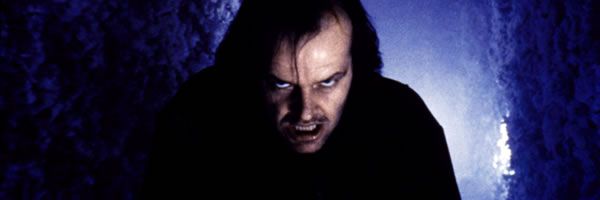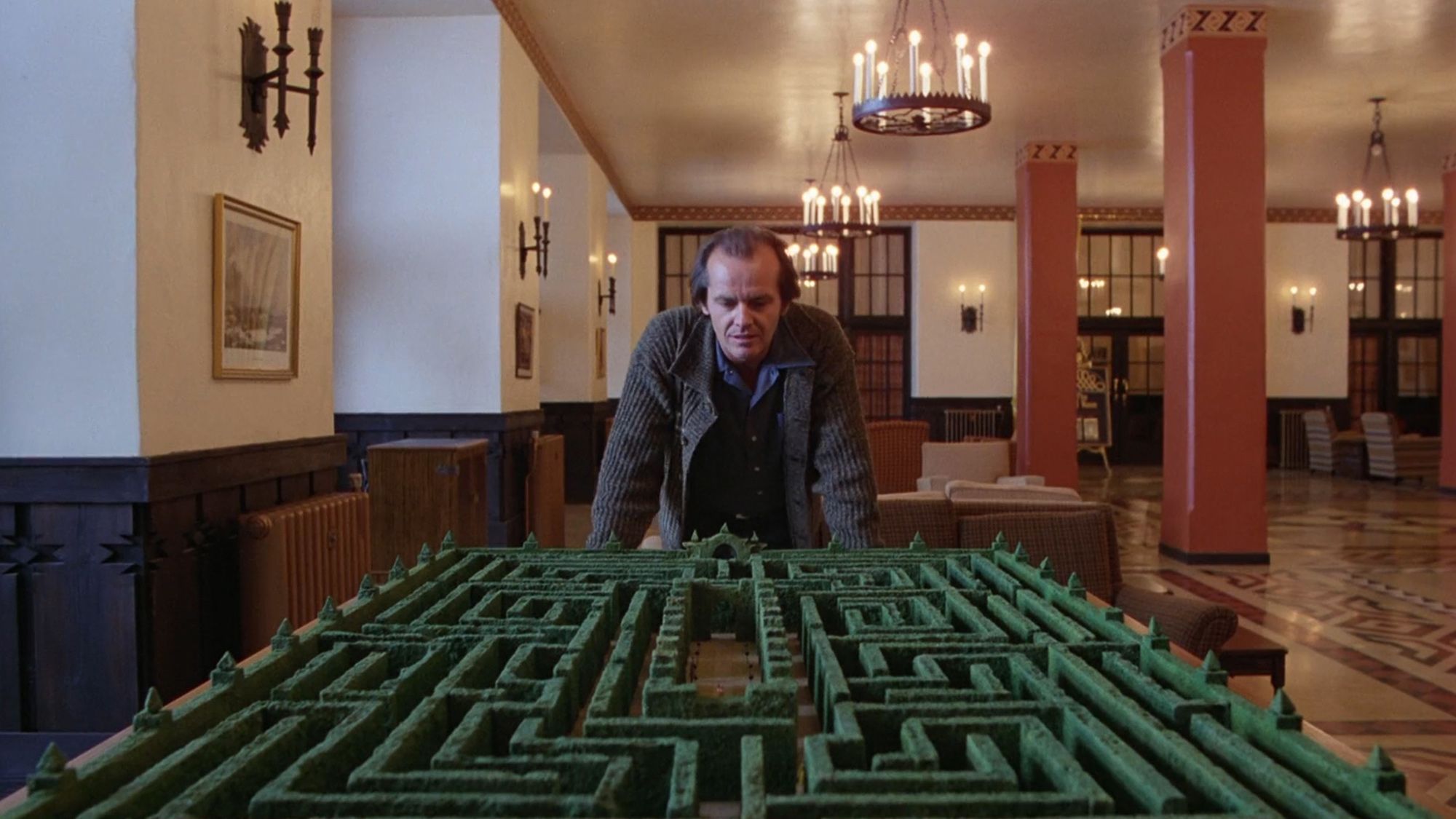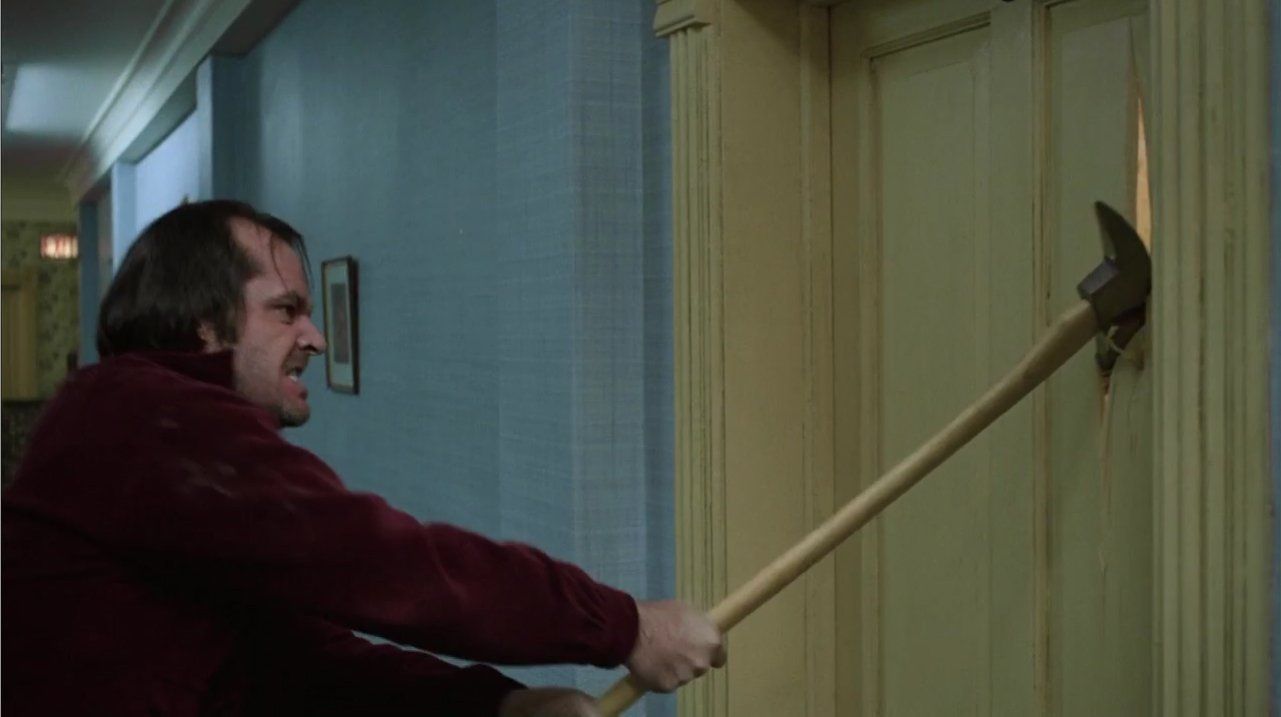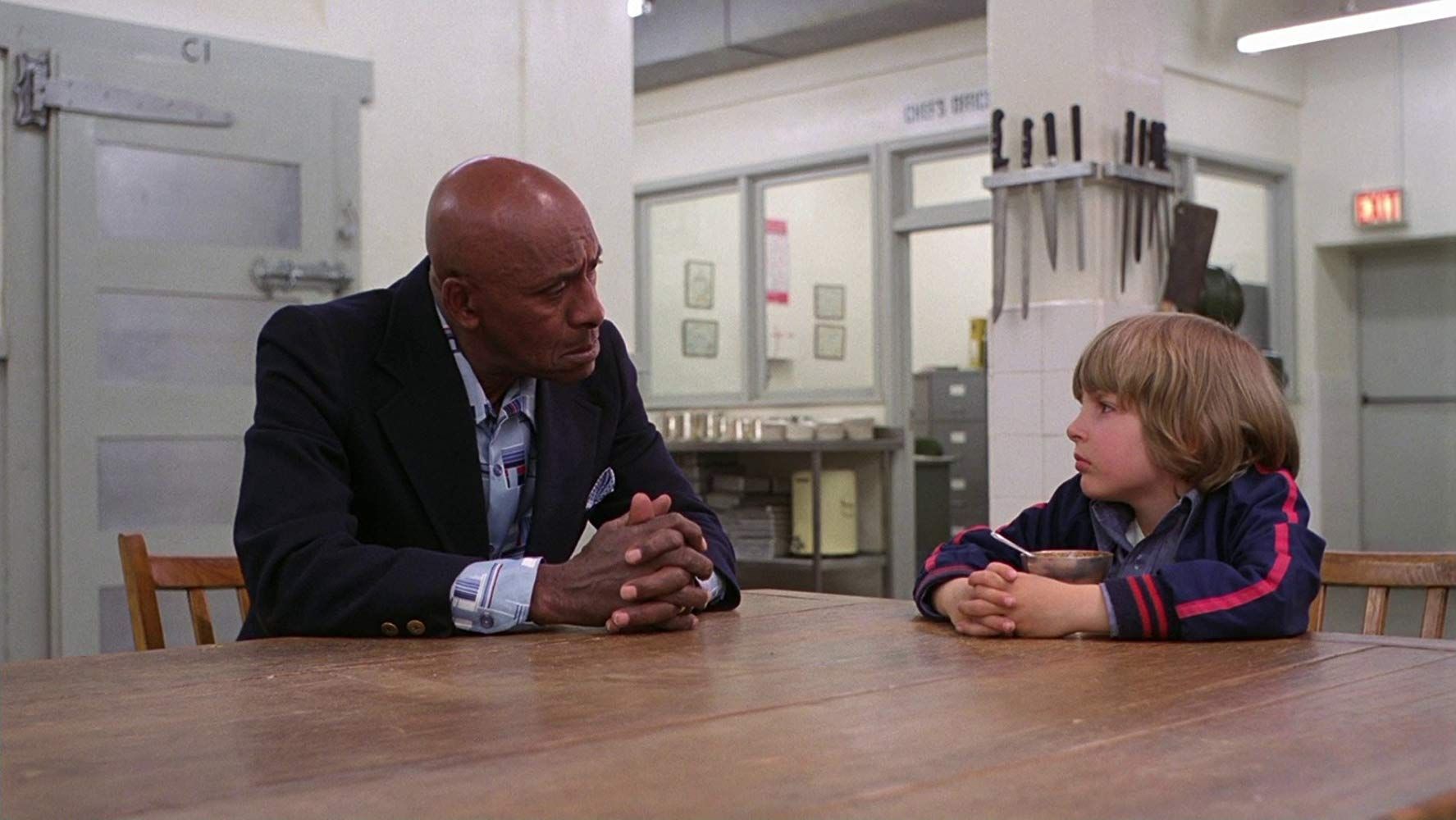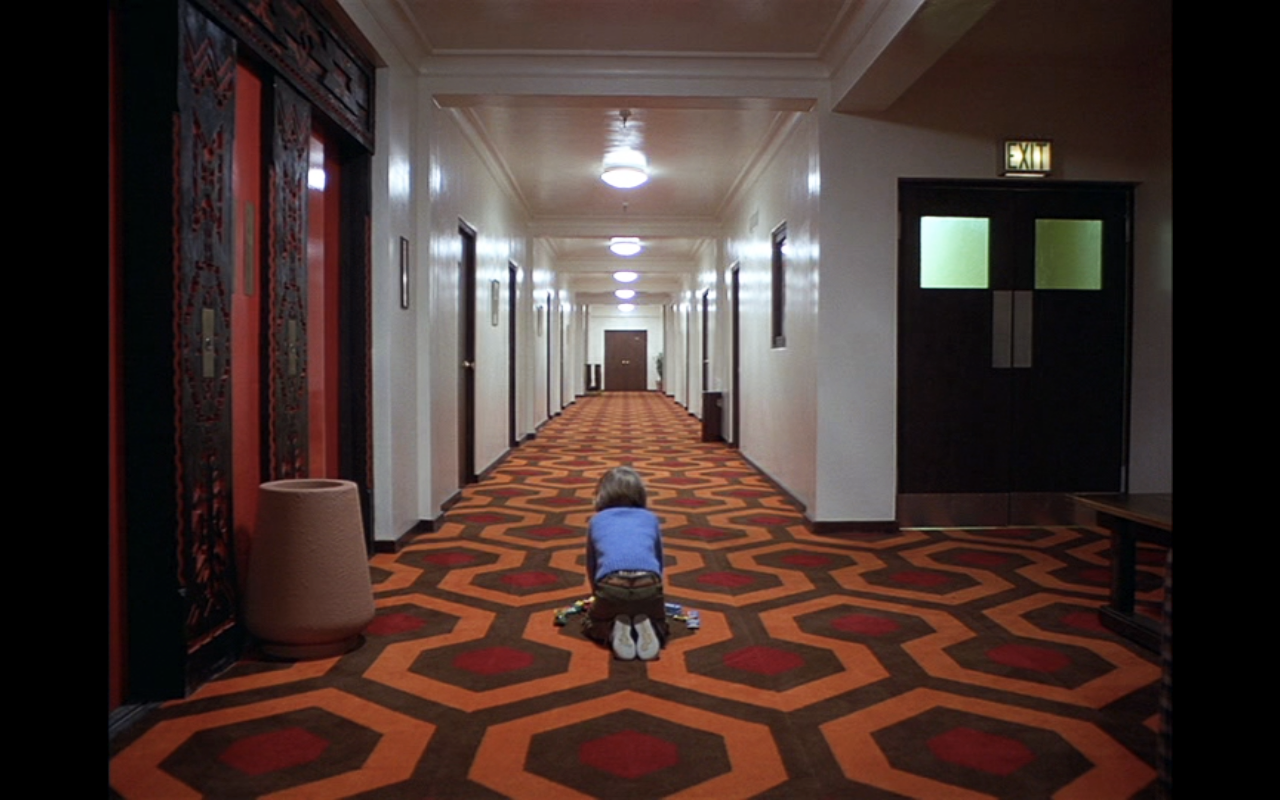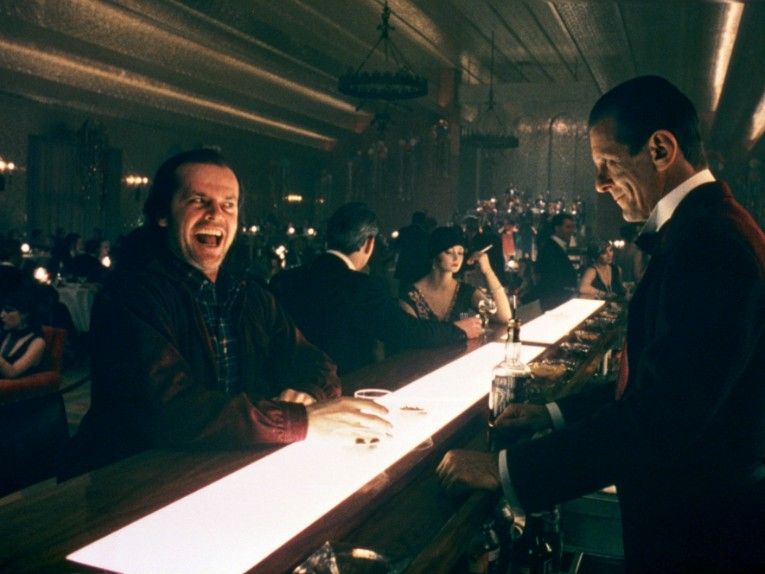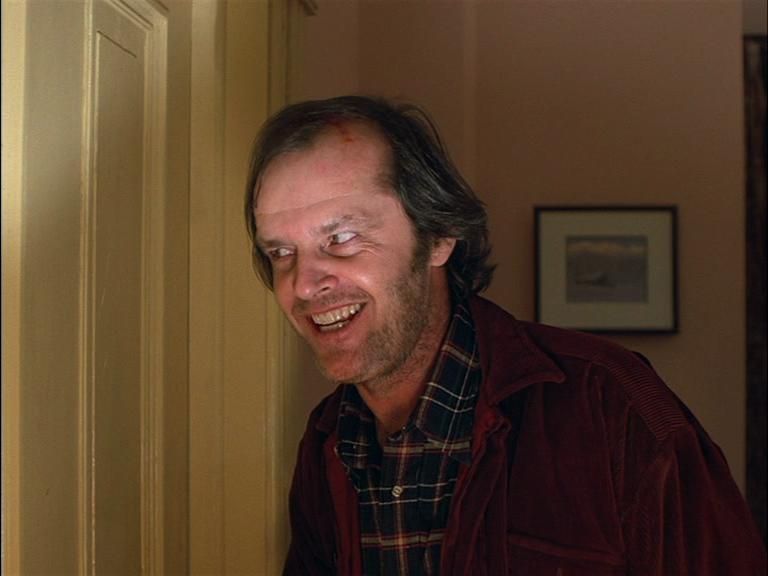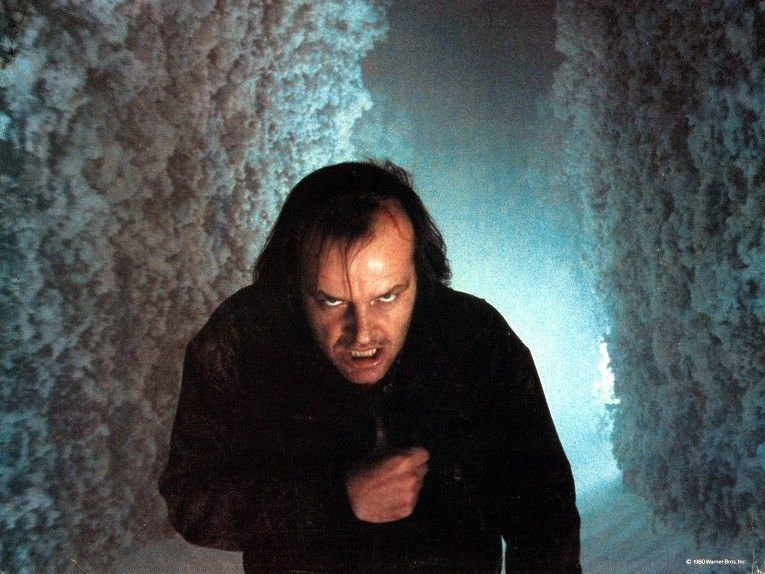Doctor Sleep comes out this Friday, the sequel to the 1980 iconic horror masterpiece The Shining from director Stanley Kubrick featuring Jack Nicholson in one of the most grandiose wild-eyed bugshit performances in history. Both films are based on books by Stephen King. However, Kubrick’s adaptation of The Shining deviates from King’s novel in a few significant ways, which puts the new movie in a weird position. It has to be a sequel to both the iconic film The Shining, and the bestselling novel The Shining.
There’s a second wrinkle in that equation that needs to be addressed. Stephen King hated the 1980 Kubrick movie as hard as he possibly could, spending years bemoaning the changes the director had made to his story and the performances of the actors. King hated that movie so hard, in fact, that he scripted a miniseries version for ABC that aired in 1997.
Doctor Sleep writer/director Mike Flanagan is certainly up to the challenge of pleasing fans of the Kubrick film while not causing King to self-immolate (although in fairness, the author has gradually chosen to stay quiet about the numerous adaptations of his work if he doesn’t like them). Flanagan has quickly become one of the most popular new names in horror, thanks to a string of indie films like Oculus and Hush, and the hit Netflix series The Haunting of Hill House, of which Flanagan wrote and directed every episode. And Doctor Sleep won’t be his first King adaptation - Flanagan made an excellent film out of King’s novel Gerald’s Game, which was praised by the author. If you haven’t seen it, it’s waiting patiently for you on Netflix - just be aware that it contains one of the most hard-to-watch sequences in recent horror. (The sequence was so similarly intense in the book that I had to set it down and do something else for a while after reading it.)
The point is, there’s a lot of anticipation for Doctor Sleep, as it has to please the dual masters of Kubrick and King. Which means there might be a few references that don’t entirely make sense, if all you’ve experienced of The Shining is Kubrick’s film. And if you’re a die-hard King purist who refuses to acknowledge anything beyond the words the man has committed to paper, you’re liable to experience similar confusion, as Doctor Sleep absolutely references events that take place exclusively in the Kubrick adaptation.
In the interest of harmony, and to avoid any Doctor Sleep screening dust-ups between groups of Shining fans oppositely wielding VHS tapes and novels, I’ve put together a quick primer of the major differences between Stephen King’s The Shining and Stanley Kubrick’s The Shining. It’s not a comprehensive list (the litany of minor details that separate the book and the movie would be a novel in its own right), but I’ve definitely got you covered on all the big stuff. So pull on your snowboots and parkas and let’s go wandering through this ungodly hedge maze together, which is a perfect segue to the first point.
The Hedge Maze
In the novel, The Overlook is surrounded by a garden of animal topiaries that are equal parts the Weeping Angels from Doctor Who and big goofy bush monsters. The animals subtly shift positions while the characters’ backs are turned, and eventually spring fully to life and attack. It’s easily the silliest part of King’s novel, and Kubrick was wise to modify that idea into something that is actually ominous and scary. The hedge maze is dope, and it absolutely returns in Flanagan’s Doctor Sleep.
The Ax
Arguably the most iconic image from Kubrick’s The Shining is Jack Torrance (Nicholson) smashing his way through a door with a fire ax. The ax and Nicholson’s performance are almost inseparable. But in the novel, Jack Torrance uses a roque mallet to terrorize his family. Roque is an Americanized version of croquet, and the mallets used in roque are shorter with an oversized head. It’s not exactly the most fearsome weapon to look at, and Kubrick’s decision to swap it out for an ax is definitely more cinematic. But the idea of a husband and father violently bludgeoning his wife and son to death with a big wooden hammer is arguably just as disturbing. There’s another reason King likely chose to have Jack use a mallet, and that’s for the simple narrative function of allowing characters to survive his attacks. Which leads into the next point...
Dick Hallorann
Dick Hallorann (Scatman Crothers), the kindly old psychic chef that befriends Danny, shows up at the end of the movie to save the day only to be instantly blasted out of this world with an ax to the chest delivered by Jack in pure Nicolas Cage mode. But as I mentioned, the Jack of King’s novel is swinging a big hammer, not an ax. He beats the crap out of Hallorann and leaves him for dead, but the cook pulls through and ultimately helps Wendy and Danny escape the hotel.
Danny's Abilities
It’s never explicitly stated in the film, and Kubrick seems to suggest that the hotel is haunted as shit regardless of who happens to be inside it at the time. But in the novel, the Overlook and its army of violent poltergeists are boosted by Danny’s shine. The longer the Torrances stay in the hotel, the stronger the spirits get, which is how they’re able to take physical shape and start harming everyone. Basically, the Overlook is trying like hell to possess Danny and wield his power, and when it fails to do that, it sets its sights on Jack. Monsters leeching off of a person’s shine to enhance their own powers is a major plot point in Doctor Sleep, and the groundwork of that idea was laid in King’s original novel.
Jack's Alcoholism
Jack’s alcoholism is a much bigger deal in King's novel. In fact, it’s the entire focus of Jack’s character. The hotel’s ghosts steadily chip away at him until he gives in and gets hammered on ghost booze, which is what ultimately makes him give in to their demands and allow himself to be taken over. His alcoholism is mentioned in the Kubrick film, but it’s somewhat understated. In Doctor Sleep, an adult Danny is a recovering alcoholic - he started drinking himself blind to drown out all the wild shit he’d see thanks to his shine. It creates a nice bookend to The Shining, because both stories deal with people trying to confront their demons and break out of self-made traps. (The demons here are literal, but hey, sometimes metaphors are as subtle as an ax to the chest.)
Is Jack Insane?
In the movie, Jack is a man seemingly on the razor's edge of completely losing his shit. So when he finally tries to murder his family, it kind of feels like it maybe would've happened anyway, ghosts be damned. In the book, it’s more clear that Jack is possessed by the hotel rather than suffering from “cabin fever.” Jack becomes obsessed with the history of the hotel, intending to write a book about it. Instead it just ends up drawing him further and further in, slowly alienating him from his family while the different spirits in the hotel stoke his resentment. During his final bloody rampage, Jack regains control of himself briefly and stops himself from killing Danny. He tells Danny to run away while he can, but then he is taken back over and bashes his own face into an unrecognizable patch of gore with the roque mallet. It’s quite literally the last time we see Jack.
Jack's Death
In the Kubrick film, Jack chases Danny outside into the hedge maze. Danny doubles back and loses him, and Jack gets hopelessly lost. He finally collapses from exhaustion in some unknown corner of the maze and freezes to death. Believe it or not, Jack’s death in the novel is way more over-the-top. Caught in the grip of his ghost rampage, Jack totally forgets to dump the hotel’s boiler, which is a thing he’s had to constantly remember to do throughout the story. He abandons his pursuit of Danny to rush down into the basement and try to relieve the pressure, but he is way too late and the boiler fucking explodes in his face. Like, it full-on explodes, and the Overlook quickly burns to the ground. Jack basically dies like Gary Oldman in The Fifth Element. It’s wild.
Needless to say, at the end of King’s novel, the Overlook is just a burned-out ruin, whereas at the end of Kubrick’s film it is still standing strong. That’s the most illustrative example of the compromises Flanagan’s Doctor Sleep is going to have to make between the dueling versions of The Shining.
Doctor Sleep opens this Friday.

